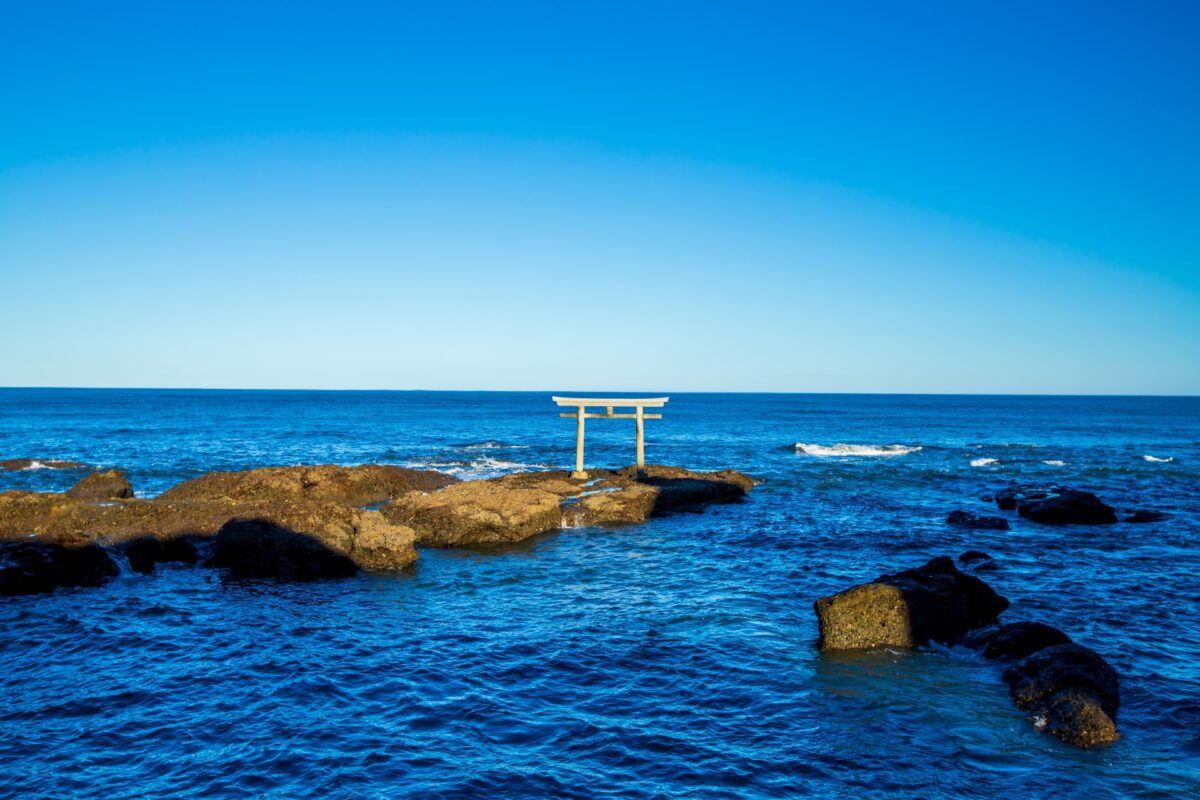Seeking the Hidden Charms of Ibaraki Prefecture: Kasumi’s Experience as a Female Travel Writer
- The Beginning of a Trip to Ibaraki Prefecture: Prologue of Expectations and Surprises
- What kind of place is Ibaraki Prefecture?
- First encounter with Ibaraki Prefecture
- meet locals
- Attractiveness of Ibaraki prefecture in numbers
- Recommended TOP 3 in Ibaraki Prefecture
- Ibaraki Traditions: Hitachi Tsumugi and Indigo Dyeing
- at the end of the trip
- Historical building chosen by Kasumi
The Beginning of a Trip to Ibaraki Prefecture: Prologue of Expectations and Surprises

What kind of place is Ibaraki Prefecture?
I, Kasumi, have traveled all 47 prefectures of Japan. While many people are fascinated by the autumn leaves of Kyoto and the beautiful sea of Okinawa, there are still many unknown charms of Japan. One of them is Ibaraki Prefecture, which is located in the Kanto region.
What do you think of when you hear Ibaraki Prefecture? Many people may have an image that it does not stand out compared to other prefectures because there are few major attractions and sightseeing spots. However, from my experience, Ibaraki Prefecture has a unique charm that cannot be found anywhere else.
First encounter with Ibaraki Prefecture
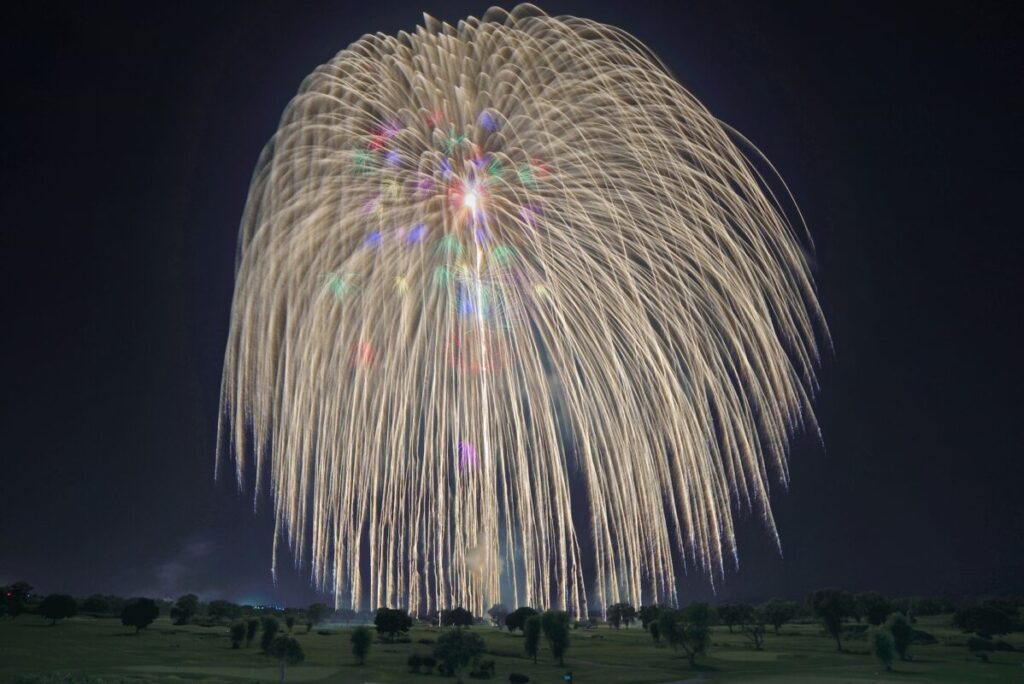
My trip to Ibaraki started with a recommendation from a friend. She enthusiastically said, “There are actually many spots in Ibaraki Prefecture that you can’t miss.” Believing her words, I made a plan for the trip.
The first place I visited was the Tsukuba Expo Center. This is a facility where you can learn about the development of science and technology and the mysteries of the universe, and is especially popular with children. At that time, my experience at this center was an opportunity for me to feel the charm of Ibaraki Prefecture.
meet locals
Another attraction of Ibaraki Prefecture is its people. Meeting people while traveling is very important to me. In Ibaraki Prefecture, the locals take pride in introducing the charm and history of their land.
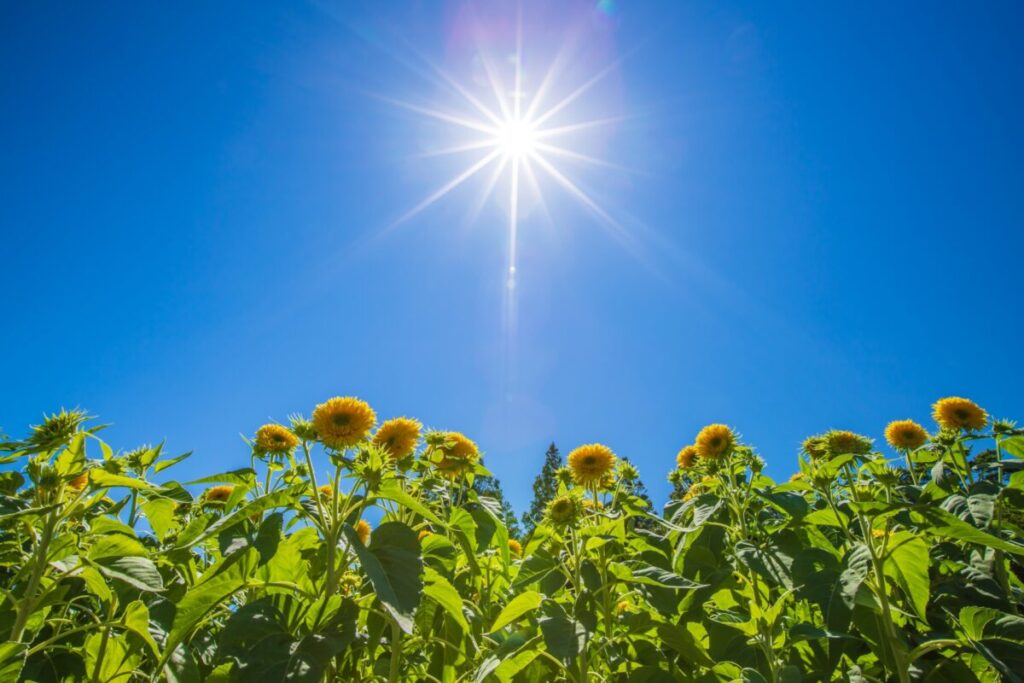
For example, we met at Hitachi Seaside Park. In spring, you can see beautiful nemophila blooming all over the place. Fascinated by its beauty, I happened to have the opportunity to talk with a local grandmother. She passionately talked about how the park was created, the efforts of the local people, and the history. While listening to the story, I came to feel a deep affection for the land of Ibaraki Prefecture.
Attractiveness of Ibaraki prefecture in numbers
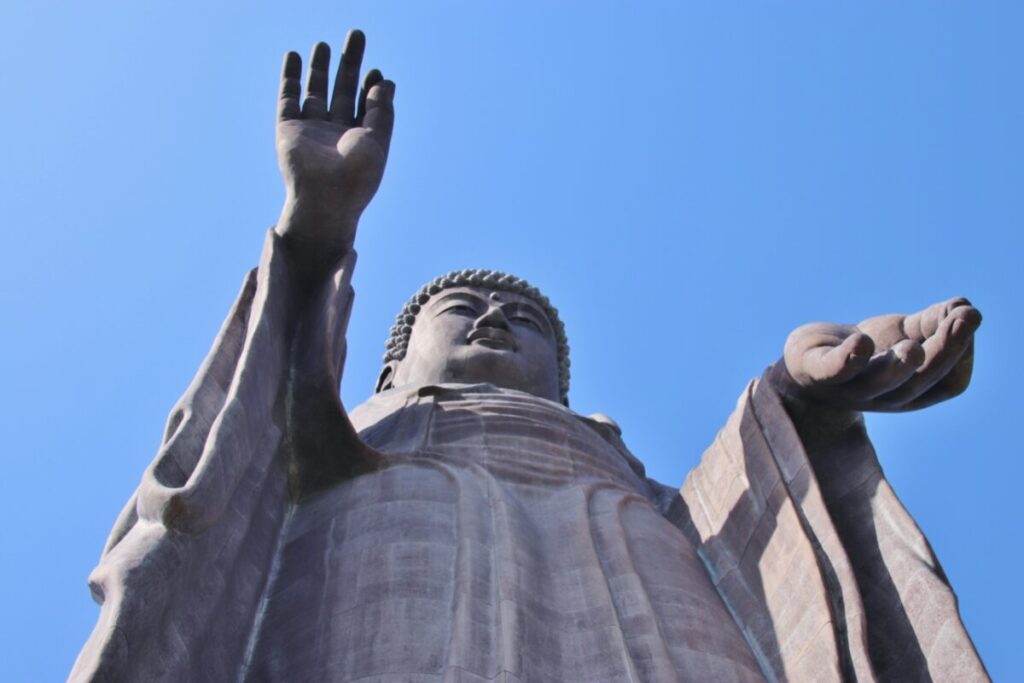
When Ibaraki Prefecture’s attractions are shown in numbers, a surprising fact emerges. For example, the number of tourists in 2022 will increase by about 12% compared to the previous year. This is believed to be the result of many people rediscovering the hidden charms of Ibaraki Prefecture and coming to visit. Tourism income has also increased by 10% year-on-year, making a significant contribution to the local economy.
Recommended TOP 3 in Ibaraki Prefecture
Mito Plum Blossom Spot: Kairakuen
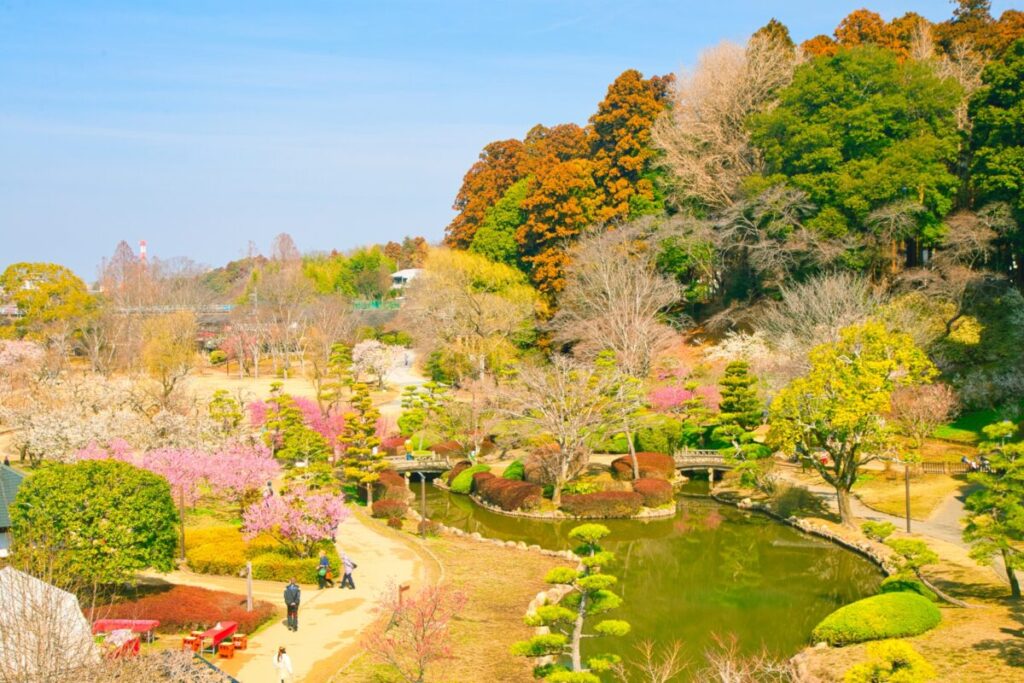
Speaking of Ibaraki Prefecture, there is Mito City, which is also known as the hometown of “Mito Komon”. Mito City is home to Kairakuen, one of the Three Great Gardens of Japan. In spring, more than 3,000 plum trees bloom, creating a breathtaking beauty. When I visited, there was a service where you could experience tea ceremony under the plum blossoms, and I spent a relaxing time drinking local amazake. At that moment, I felt that time passed slowly.
Hitachi Seaside Park: Paradise of Flowers
As for Hitachi Seaside Park, you can enjoy not only Nemophila in spring but also different flowers in each season. Sunflowers in summer and cosmos in autumn color the park. What I would like to especially recommend is the sea of nemophila in the evening. The scenery that the sunset and blue flowers interweave is like a different world. It is a superb view that you should see at least once.
Exquisite gourmet food: Ibaraki’s local cuisine
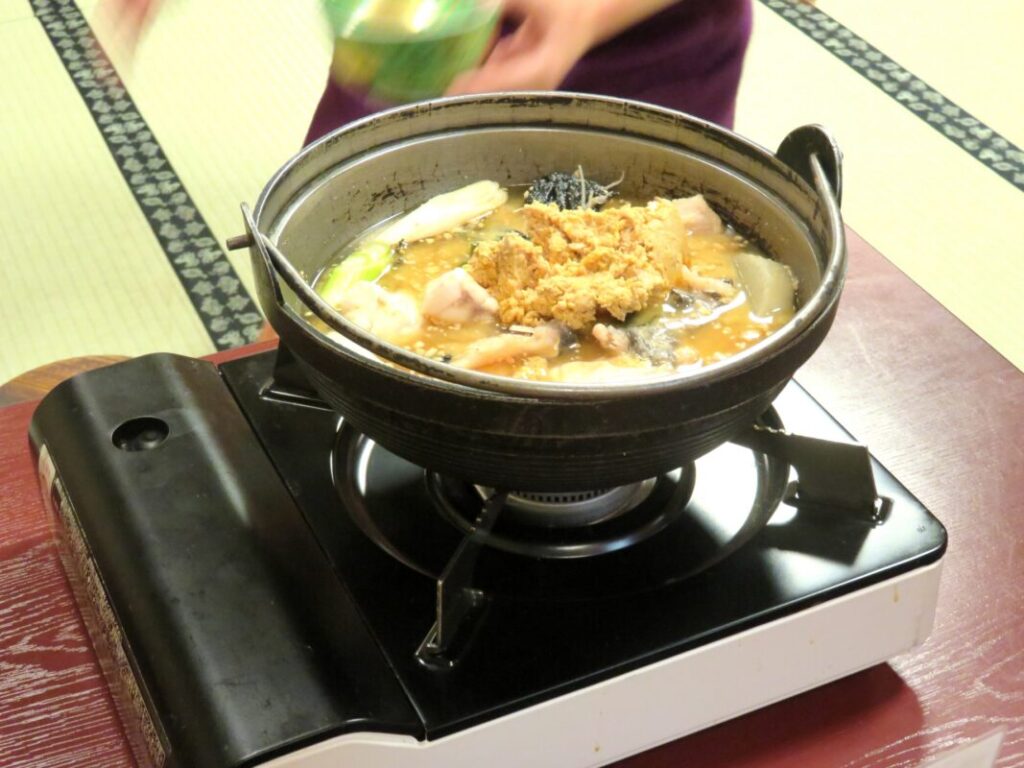
When you visit Ibaraki Prefecture, you should definitely try the local cuisine. In particular, Ibaraki Prefecture’s “Monkfish Nabe” is a must-try for winter visitors. Anglerfish is known as a deep-sea fish, and its unique flavor makes it perfect for hot pot dishes. I thoroughly enjoyed this monkfish hotpot at “Nabeya Koan” in Mito City. The combination of collagen-rich monkfish and fresh local vegetables was a dish that made us forget the cold of winter.
Next, I will share the culture and history of Ibaraki Prefecture, as well as the encounters and touching moments during my travels. The charm of Ibaraki Prefecture is still endless.
Culture and History of Ibaraki Prefecture: A Travel Experience that Touches and Feels Deeply
Ibaraki Traditions: Hitachi Tsumugi and Indigo Dyeing
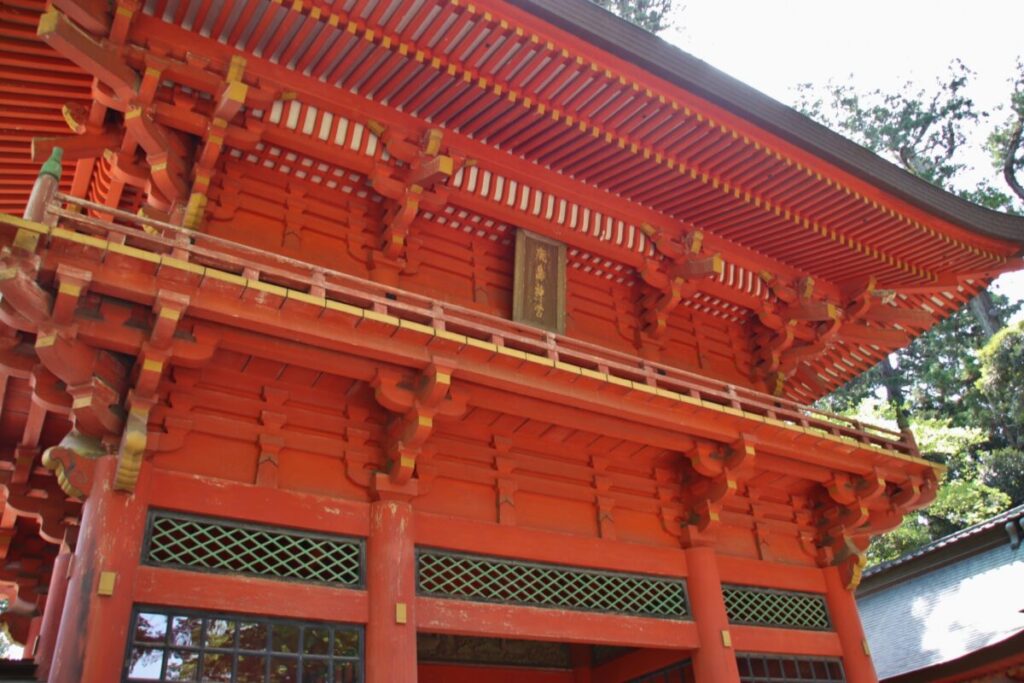
“Hitachi Tsumugi” is a traditional hand-woven textile that represents Ibaraki Prefecture. I had the opportunity to visit a small workshop in Hitachiota and see the process of making this beautiful fabric up close. Watching each thread carefully woven by skilled craftsmen was like a beautiful piece of art filled with time and love. Indigo dyeing from Ibaraki Prefecture is also very famous, and is characterized by its deep blue color. The soft touch and calming colors soothed my soul.
The Mito Clan and the development of learning
The Mito domain is known as a domain that contributed greatly to the modernization of Japan. In particular, a unique academic system called ‘Mitogaku’ developed and produced many excellent scholars and literary figures. I was able to visit the Joban Kyodokan near Kairakuen in Mito City and learn about the history and influence of Mito Manabu. Studying here has greatly broadened my perspective on Japanese history.
at the end of the trip
Our trip in Ibaraki Prefecture was more than just a sightseeing tour. I was able to reconfirm the diversity and depth of Japan by meeting local people, coming into contact with traditional culture, and learning about the history and background of the region.
What I, Kasumi, felt while traveling through Japan’s 47 prefectures was that each place has its own unique charm and deep history. Ibaraki Prefecture is a typical example, and through this trip, I was able to deeply feel its charm.
I sincerely hope that you, who are reading this blog, will also feel the deep charm of Ibaraki Prefecture.
Historical building chosen by Kasumi
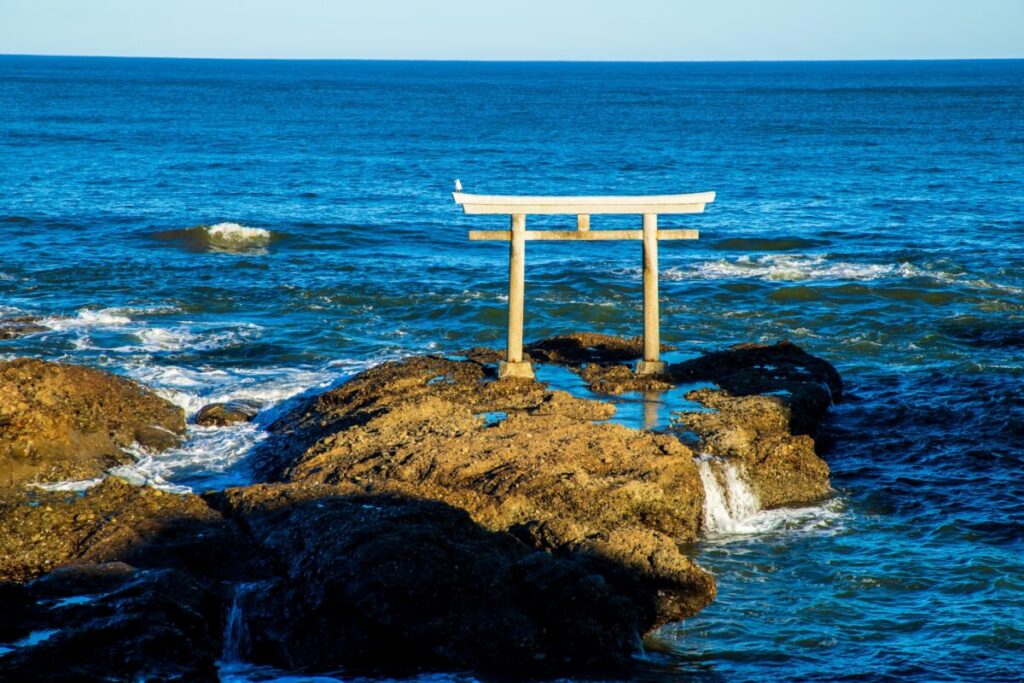
Ibaraki Prefecture is dotted with many buildings with historical value. Among them, I, Kasumi, will introduce five buildings that I particularly recommend. I will add “kasumi points” to each and tell you their charms.
Mito City: Three Gates of Kairakuen
Kasumi Point: Kairakuen’s main gate, Sannomon, is a stately wooden structure that speaks to the formality of the Mito clan. After passing through the gate, you will see the vast grounds of Kairakuen, a famous spot for plum blossoms.
Kasama City: Main shrine of Kasama Inari Taisha
Kasumi Point: Kasama Inari Shrine has a long history. The main hall is carved in detail and has a very solemn atmosphere. You can enjoy the spectacular scenery combined with the nature of the four seasons.
Chikusei City: Worship Hall of Tsukubasan Shrine
Kasumi Point: Tsukubasan Shrine located at the foot of Mt. In addition to its value as a historical building, the superb view from its location is also attractive. The view from the worship hall will heal your heart every time you visit.
Hitachiomiya City: Ryujin Suspension Bridge

Kasumi Point: A fusion of modern technology and history, the Ryujin Suspension Bridge is known as Japan’s longest pedestrian-only suspension bridge. The fusion of good old Japanese scenery and cutting-edge technology captures the hearts of visitors.
Kashima City: Otorii of Kashima Shrine
Kasumi Point: The large torii gate at the entrance of the historic Kashima Shrine has a solemn atmosphere. The view of the setting sun behind the torii gate is a must-see spot when visiting Ibaraki Prefecture.
These historic buildings are places that convey the rich history and culture of Ibaraki Prefecture. By all means, when you visit Ibaraki Prefecture, I would like you to visit these spots and experience their charm.






